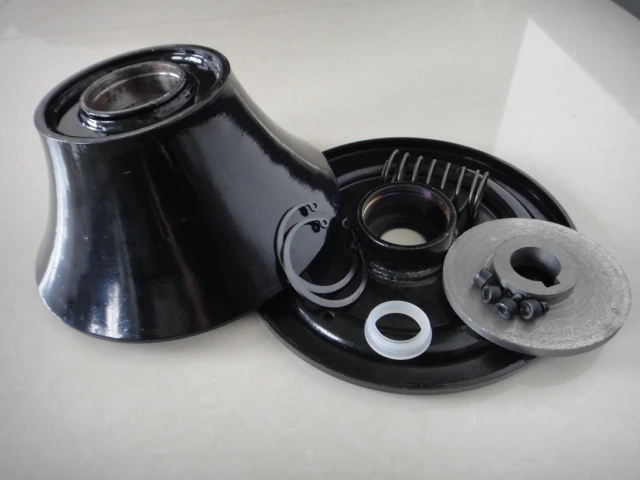 Afrikaans
Afrikaans  Albanian
Albanian  Amharic
Amharic  Arabic
Arabic  Armenian
Armenian  Azerbaijani
Azerbaijani  Basque
Basque  Belarusian
Belarusian  Bengali
Bengali  Bosnian
Bosnian  Bulgarian
Bulgarian  Catalan
Catalan  Cebuano
Cebuano  Corsican
Corsican  Croatian
Croatian  Czech
Czech  Danish
Danish  Dutch
Dutch  English
English  Esperanto
Esperanto  Estonian
Estonian  Finnish
Finnish  French
French  Frisian
Frisian  Galician
Galician  Georgian
Georgian  German
German  Greek
Greek  Gujarati
Gujarati  Haitian Creole
Haitian Creole  hausa
hausa  hawaiian
hawaiian  Hebrew
Hebrew  Hindi
Hindi  Miao
Miao  Hungarian
Hungarian  Icelandic
Icelandic  igbo
igbo  Indonesian
Indonesian  irish
irish  Italian
Italian  Japanese
Japanese  Javanese
Javanese  Kannada
Kannada  kazakh
kazakh  Khmer
Khmer  Rwandese
Rwandese  Korean
Korean  Kurdish
Kurdish  Kyrgyz
Kyrgyz  Lao
Lao  Latin
Latin  Latvian
Latvian  Lithuanian
Lithuanian  Luxembourgish
Luxembourgish  Macedonian
Macedonian  Malgashi
Malgashi  Malay
Malay  Malayalam
Malayalam  Maltese
Maltese  Maori
Maori  Marathi
Marathi  Mongolian
Mongolian  Myanmar
Myanmar  Nepali
Nepali  Norwegian
Norwegian  Norwegian
Norwegian  Occitan
Occitan  Pashto
Pashto  Persian
Persian  Polish
Polish  Portuguese
Portuguese  Punjabi
Punjabi  Romanian
Romanian  Russian
Russian  Samoan
Samoan  Scottish Gaelic
Scottish Gaelic  Serbian
Serbian  Sesotho
Sesotho  Shona
Shona  Sindhi
Sindhi  Sinhala
Sinhala  Slovak
Slovak  Slovenian
Slovenian  Somali
Somali  Spanish
Spanish  Sundanese
Sundanese  Swahili
Swahili  Swedish
Swedish  Tagalog
Tagalog  Tajik
Tajik  Tamil
Tamil  Tatar
Tatar  Telugu
Telugu  Thai
Thai  Turkish
Turkish  Turkmen
Turkmen  Ukrainian
Ukrainian  Urdu
Urdu  Uighur
Uighur  Uzbek
Uzbek  Vietnamese
Vietnamese  Welsh
Welsh  Bantu
Bantu  Yiddish
Yiddish  Yoruba
Yoruba  Zulu
Zulu tail drum pulley
Understanding Tail Drum Pulleys Importance and Applications
In mechanical engineering and conveyor systems, the tail drum pulley plays a critical role, particularly in the movement of materials and products. The tail drum pulley, often found at the end of a conveyor belt, is crucial for determining the belt's operational efficiency. This article delves into the functionality, types, and significance of tail drum pulleys in various industries.
What is a Tail Drum Pulley?
A tail drum pulley, also referred to as a tail pulley or simply a drum pulley, is a cylindrical device that is installed at the rear end of a conveyor belt. Its primary function is to provide a means for the conveyor belt to return to the drive pulley or the tensioning mechanism. The tail pulley is designed to support the belt at the end of the system, ensuring that it remains taut and aligned as it rotates.
Functionality of Tail Drum Pulleys
The primary function of a tail drum pulley is to maintain the tension of the conveyor belt. When a conveyor system is in operation, the belt is influenced by various forces, including the weight of the loads it carries and the friction between the belt and the pulleys. The tail pulley helps manage these forces by providing a return path for the belt, reducing slack and preventing unnecessary wear.
Moreover, tail pulleys are designed to withstand environmental challenges. They are typically manufactured from durable materials, such as steel or rubber, to resist corrosion, abrasion, and the impact of heavy materials. This durability ensures that the tail drum pulley can endure harsh working conditions, making it a vital component in industries such as mining, manufacturing, and logistics.
Types of Tail Drum Pulleys
Tail drum pulleys can be classified into different types based on their design and application. The two main types include
1. Lagged Tail Pulleys Lagged pulleys feature a layer of rubber or other material on their surface to enhance traction. This design helps improve the grip between the belt and the pulley, minimizing slippage. Lagged tail pulleys are particularly useful in applications where the conveyor operates under heavy loads or at high speeds.
tail drum pulley

2. Bare Tail Pulleys Unlike lagged pulleys, bare tail pulleys have a smooth surface and are typically used in applications where abrasion resistance is not a primary concern. These pulleys may be preferred in environments where less friction is desired, allowing for smoother belt movement.
Importance in Various Industries
The significance of tail drum pulleys extends across multiple sectors. In the mining industry, for instance, these pulleys facilitate the transport of heavy ores and minerals from extraction sites to processing plants. They play a crucial role in maintaining the efficiency of the conveyor systems that handle bulk materials.
In manufacturing, tail drum pulleys are essential in assembly lines and product handling systems. They help ensure a continuous flow of materials, which is vital for streamlined production processes. Moreover, in the logistics sector, tail pulleys enhance the loading and unloading processes of goods, allowing for faster distribution and improved supply chain management.
Maintenance and Best Practices
To ensure the longevity and efficiency of tail drum pulleys, regular maintenance is essential. Routine inspections should be conducted to check for signs of wear, misalignment, or damage. It is crucial to maintain proper tension in the conveyor belt, as insufficient tension can lead to excessive wear on the tail pulley and belt.
Additionally, lubricating the bearings of tail drum pulleys can reduce friction, lowering energy consumption and prolonging the life of the components. Implementing these maintenance practices not only enhances the efficiency of the conveyor system but also minimizes downtime and repair costs.
Conclusion
In conclusion, the tail drum pulley is a vital component in conveyor systems, facilitating the smooth and efficient transport of materials across various industries. Its ability to maintain belt tension and withstand harsh conditions makes it indispensable in operations ranging from mining to manufacturing. Understanding the function and importance of tail drum pulleys can help businesses optimize their processes, ensuring greater productivity and reduced maintenance costs. Whether in a high-capacity industrial environment or a smaller scale operation, the role of tail drum pulleys cannot be underestimated.
-
Revolutionizing Conveyor Reliability with Advanced Rubber Lagging PulleysNewsJul.22,2025
-
Powering Precision and Durability with Expert Manufacturers of Conveyor ComponentsNewsJul.22,2025
-
Optimizing Conveyor Systems with Advanced Conveyor AccessoriesNewsJul.22,2025
-
Maximize Conveyor Efficiency with Quality Conveyor Idler PulleysNewsJul.22,2025
-
Future-Proof Your Conveyor System with High-Performance Polyurethane RollerNewsJul.22,2025
-
Driving Efficiency Forward with Quality Idlers and RollersNewsJul.22,2025





























